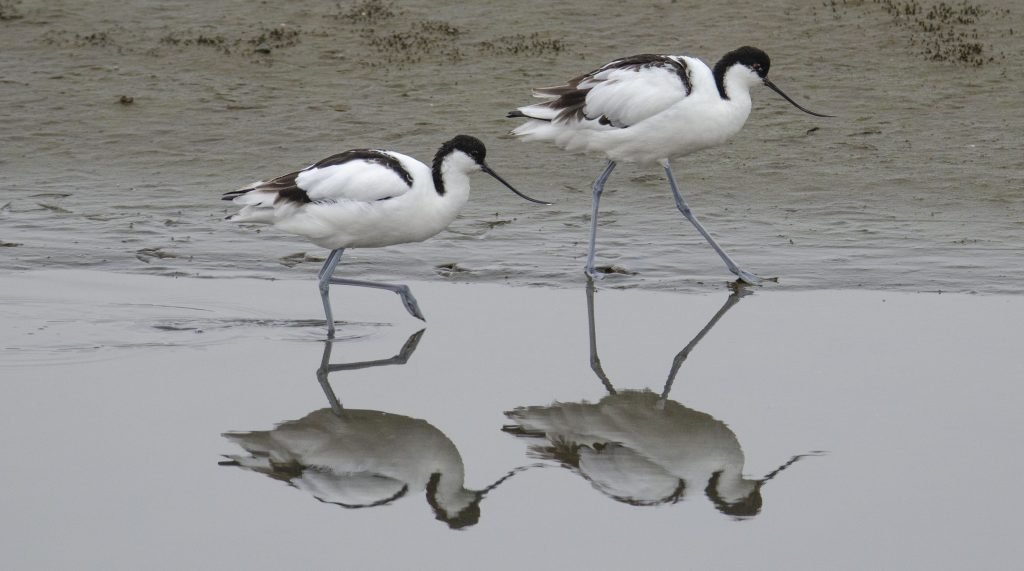The Bulls are like migrant birds but they are hoping to bring the heat in the final 0
Like migrant birds flying from their wintering grounds to their summer breeding spots, the Bulls find themselves in a very warm and muggy Treviso and they are hoping to bring the heat and catch Benetton by surprise in their Rainbow Cup final at the Stadio Monigo on Saturday evening.
Having swept all before them in South Africa over the last year, the Bulls have gone to Italy as the winners of the southern leg of the competition, to take on the European winners, a Benetton side that have surprised all and sundry with their resurgence in the last couple of months.
The last trophy presentation the Bulls enjoyed was when they won the Currie Cup at the height of our summer, and their winter work has involved finishing top of the franchises involved in the Rainbow Cup. But the temperature is expected to rise to above 30⁰ on Saturday in north-eastern Italy, so that will take some adapting to. Coach Jake White said though that he hoped the intensity of the Bulls’ play will force Benetton to do some adapting of their own.
“The nice thing is we played through the summer in South Africa so we’re used to weather like this. I hope we can play with the same tempo and pace that we did then and hopefully that surprises Benetton. We’ve had a year of really tough derby rugby, so hopefully that helps us as well. Having been together as a team for a lot longer now, our ball-in-play time has also improved and we’ve seen the effect of that.
“But Benetton have done really well, they’re the only unbeaten side, they beat Connacht, who beat Munster who had just beaten Leinster. Plus Benetton are playing at home while we have to adapt to travel, and 11 of their team started for Italy against Scotland not that long ago, so we are up against international players. Now that we’re in the Northern Hemisphere, it will be good to measure ourselves,” White said on Friday.
While the Bulls are breaking new ground for South African rugby, they do have some experience in the kitty of what to expect in the form of captain Marcell Coetzee and lock Jan Uys, who have both played in Italy before.
“It’s fantastic to have Marcell’s experience, he played here for Ulster, they won by three points and it was a struggle. Jan Uys also played in this competition, in Italy, for Brive and that experience is a must-have, especially with no Duane Vermeulen, Morne Steyn, Marco van Staden and Arno Botha. When I was coaching in France, we played against a couple of Italian sides and they do present a bit of a different package in terms of strategy,” White said.
“It’s actually the first time I have experienced so much heat in Europe, but there are no excuses, we have to adapt if we want to be champions,” Coetzee said. “I told the players we will need to control our emotional levels, we need to be relaxed and calm, but we are going to be in some dark places and then it’s about who wants it more. Fortunately this team has been playing finals and winning … ”


